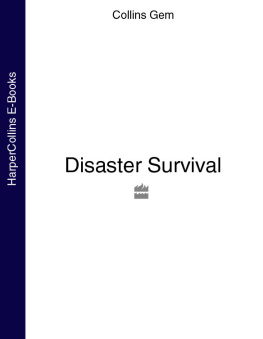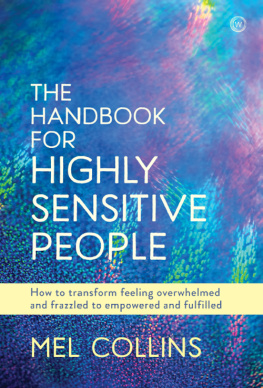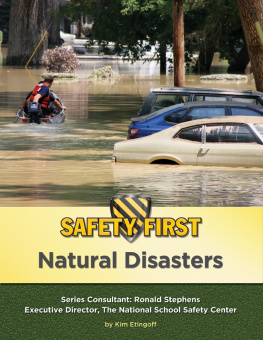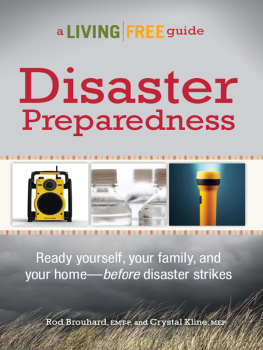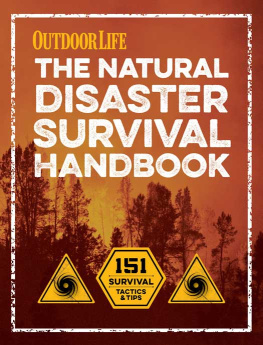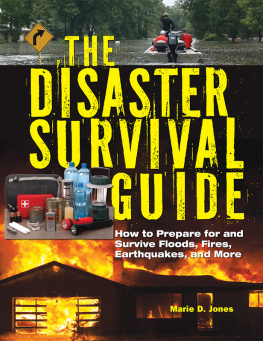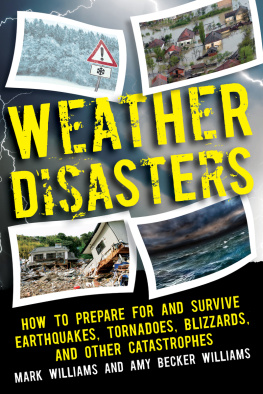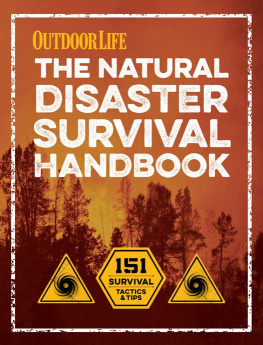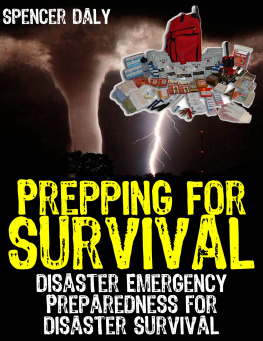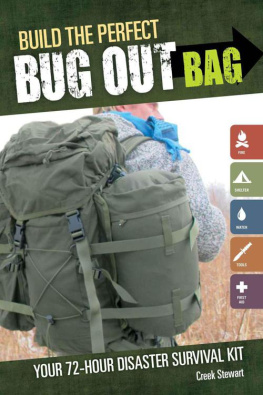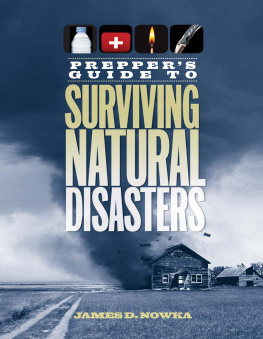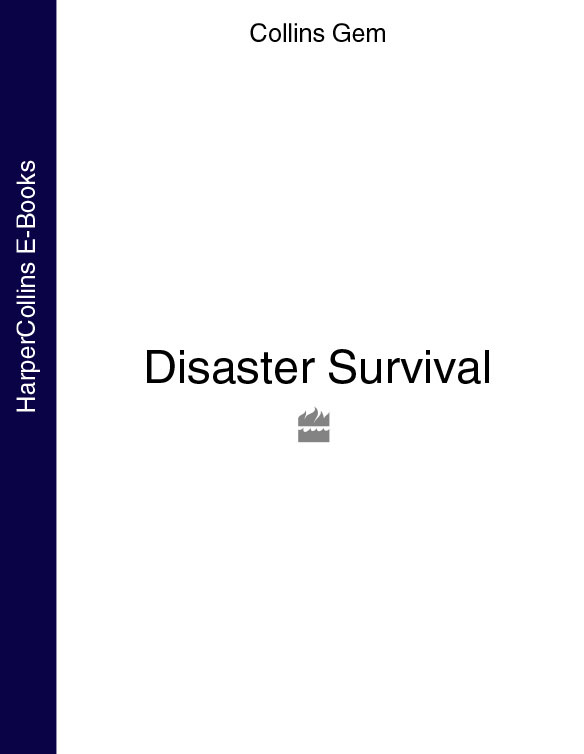First published in 2007 by Collins
an imprint of
HarperCollins Publishers
7785 Fulham Palace Road, London W6 8JB
www.collins.co.uk
Collins is a registered trademark of
HarperCollins Publishers Limited
Essential Works Ltd, 2007
www.essentialworks.co.uk
All rights reserved under International and Pan-American Copyright Conventions. By payment of the required fees, you have been granted the non-exclusive, non-transferable right to access and read the text of this e-book on screen. No part of this text may be reproduced, transmitted, down-loaded, decompiled, reverse engineered, or stored in or introduced into any information storage and retrieval system, in any form or by any means, whether electronic or mechanical, now known or hereinafter invented, without the express written permission of HarperCollins.
A catalogue record for this book is available from the British Library
Produced for Collins by Essential Works Ltd
168a Camden Street, London NW1 9PT
Source ISBN 9780007247363
Ebook Edition OCTOBER 2013 ISBN: 9780007555291
Version: 2013-12-01
Colour reproduction by Digital Imaging
For Essential Works
Editor: Julia Halford
Designer: Michael Gray
Illustrator: Matt Pagett
Proofreader: Dipli Saikia
Indexer: Hazel Bell
HarperCollinsPublishers has made every reasonable effort to ensure that any picture content and written content in this ebook has been included or removed in accordance with the contractual and technological constraints in operation at the time of publication.
Contents

Damage caused by the Asian tsunami of December 2004.
Disaster can strike anywhere, anytime, and in a multitude of ways. For anyone involved, as in the Asian tsunami of 2004, the consequences can be devastating. Survival can depend upon a combination of factors, or merely pure luck, but the key phrase has to be preparation through information.
Forewarned may be forearmed and, while such preparation cannot nullify damage, it can lessen the impact upon people and their environment. It may never happen, but it is better to be prepared. In 1965, when a blackout hit the eastern seaboard of the United States and plunged 80,000 square miles of the richest, most powerful nation on the planet into 13 hours of chaos, how many of the 30 million people affected muttered the phrase I wish I had a flashlight?
Some disasters hit without warning, others, by the nature of their location, are a case of when, not if. Whatever the circumstances, there are a number of contingencies that should be in place to minimise impact.
Every home and workplace should have a comprehensive and fully functional survival kit and first aid kit, and everyone should be able to use the contents of both. First aid is taught in many educational establishments and all of us should be able to perform the basics. It could save a life - maybe yours.
Sometimes preparation may be enough, but everyone affected by a disaster will need to use common sense as well. It is difficult to quantify common sense we all have it, in different measures. But how a person reacts to a disaster situation can determine their ability to call upon common sense as detailed in Psychological and emotional reactions to disaster in Chapter 5.
The people who are successful in surviving are usually those who have reason to live, obvious though that may seem. Survivors have spoken of the stimulation to overcome, provided by thoughts of family, duty, religion, and so on. Survivors also frequently attest to the will to live syndrome and prayer, neither of which should be underestimated. Survival is undeniably a mental state as well as a physical one.
At this point in time, we need to be aware of possible disaster scenarios caused by climate change, nature, man (including terrorists), and disease. This book provides invaluable advice on how to prepare for and what to do if you find yourself in such a situation.

A blizzard is a storm that produces heavy, blinding snow, resulting in near-zero visibility, deep drifts and dangerous wind-chill. They can cause severe disruption to all means of transport and communication.

PREPARATION
Stay indoors and out of the cold if possible. Weather statistics show that people often fail to heed this obvious advice.
If you must venture outdoors during a blizzard avoid heavy, physical exertion, e.g. shovelling snow, pushing vehicles or attempting to walk great distances through deep snow. The strain from such exertion, in the low temperatures that accompany blizzards, can cause a heart attack. Heavy perspiration can lead to chill and hypothermia.
If at home or work
PREPARATION
Your main concerns will be potential loss of heating, electrical power, telecommunications and a shortage of supplies (including food and safe drinking water).
Store high-energy foods such as dried fruit, sweets and non-perishable foods (requiring no cooking).
Fuel for fires - dry wood, coal - needs to be easily accessible.
Matches for starting a fire should be kept in a convenient location.
Ensure that your fire source is properly ventilated.
Make sure that your fire extinguisher and smoke detectors function properly.
SURVIVAL
If there is no heat, close off any rooms that are not needed.
Stuff towels, rags or newspaper in gaps under the doors.
Cover windows, especially at night.
Keep your body supplied with food; this produces energy for heat.
Maintain your fluid intake; this helps to prevent dehydration.
Wear layers of loose-fitting, light, warm clothing - these can then be removed in stages if you begin to overheat.
Sleep with a hat on and several thin blankets rather than one heavy one.
RESPONSE
Monitor radio stations and other media sources for news of the storm and base your decision to stay put or venture out on the predicted duration of the severe weather conditions. Listen to the official instructions from the emergency services.
Stay put unless it is dangerous to do so i.e. if the building is in danger of collapse.
Await rescue service response.
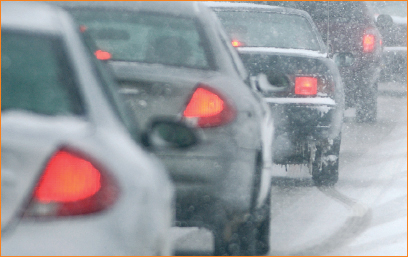
Remain in your car until the blizzard passes.
If in a vehicle
PREPARATION
Keep an emergency survival kit (see pp 180-5).
RESPONSE
If trapped, put on hazard warning lights.
Attach cloth or rag to aerial/window/sunroof to help you to be seen by rescuers.
Stay in the car unless safe shelter is visible and accessible or rescuers are in sight. Disorientation occurs rapidly in wind-driven snow and cold.
If stranded in a remote area do not leave the car until the blizzard passes.

